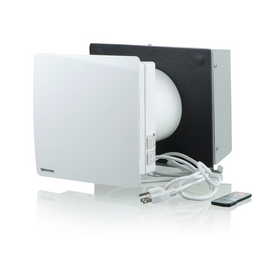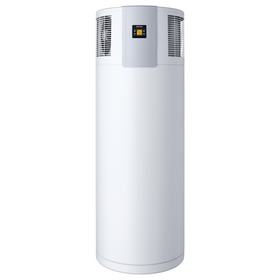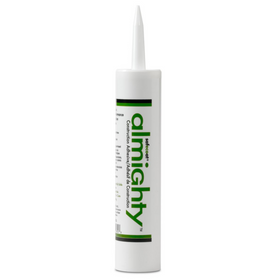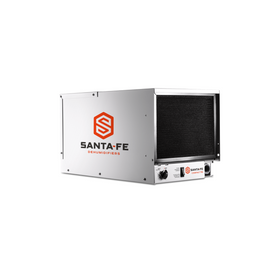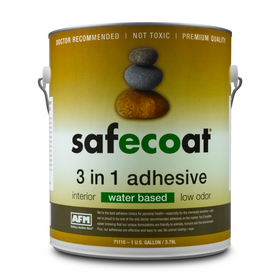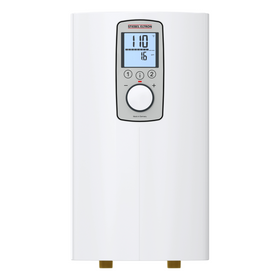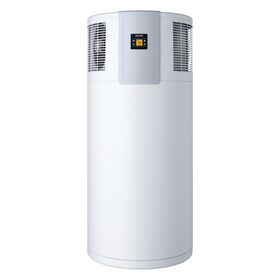
ENERGY STAR Home Certification
Last Updated: Apr 7, 2025Most consumers recognize the ENERGY STAR brand when buying appliances. For three decades, the United States Environmental Protection Agency program has worked and encouraged manufacturers to create more efficient products.
Appliances affixed with the ENERGY STAR seal of certification find recognition with more than 90% of consumers. Merchants sold more than 300 million products with ENERGY STAR certification, with $100 billion of value in 2018. For energy-conscious consumers, the certificate offers differentiation from other competitors, a way to buy the best and most efficient refrigerator or dishwasher.
Table of Contents
- What is ENERGY STAR Home Certification?
- What Are the Benefits of ENERGY STAR Certified Homes?
- What Are the Main Areas of Focus for ENERGY STAR Certified Homes?
- What Kinds of Housing Does ENERGY STAR Certification Cover?
- What Are the Differences in ENERGY STAR Home Certification Versions?
- Are ENERGY STAR Home Certification Standards the Same in Every State?
- When Is the Next ENERGY STAR Home Certification Update?
- How Many ENERGY STAR Homes Have Been Certified?
- What States Lead in ENERGY STAR New Construction Certification?
- What Are the Steps to ENERGY STAR Home Certification?
- Does the EPA Provide ENERGY STAR Home Certification Guidelines?
- Are There Other Issues to Keep in Mind When Certifying ENERGY STAR Homes?
- Do Builders and Contractors Have to Provide Any Documents to the EPA When Building ENERGY STAR Homes?
- When Should Raters Get Involved In ENERGY STAR Home Certification and How Much Do Their Services Cost?
- What Is the Projected Value of ENERGY STAR Home Certification?
What Are the Benefits of ENERGY STAR Certified Homes?
First, you get an energy-efficient house that will bring lower utility bills. Second, the air you breathe will be better indoor air quality due to more efficient and clean running heating and cooling equipment. Third, your home can fetch a higher price when you sell it after certification.

What Are the Differences in ENERGY STAR Home Certification Versions?
As versions increase, certification involves more highly efficient appliances, windows, doors, and lighting. Homeowners should work with contractors to ensure they buy appliances and build their homes with the equipment capable of meeting EPA's standards.
Are ENERGY STAR Home Certification Standards the Same in Every State?
No. The EPA maintains several versions for new construction of homes in all categories. For example, California, Florida, and the Tropics have their ENERGY STAR certification because their climates differ significantly from other regions. Oregon and Washington have stretch codes beyond the national standard. Many states use "National Version 3.1," but others continue on Version 3.0. EPA also tracks "Revisions" of "Versions." Minnesota, Texas, and others use Version 3.1, Revision 10 before moving to Revision 11 in 2022.
When Is the Next ENERGY STAR Home Certification Update?
EPA updated Vision 3.1 to Revision 11, which many states plan to adopt in 2022. Version 12's release date has not been announced.
How Many ENERGY STAR Homes Have Been Certified?
More than 2 million homes have been certified as of 2019 since the program began. In 2019, EPA certified nearly 100,000 homes. More than 870,000 existing homes have received ENERGY STAR recognition after retrofits. To date, the Canadian ENERGY STAR Homes program has certified more than 60,000 homes.

What States Lead in ENERGY STAR New Construction Certification?
EPA reports in 2019 that 8.6% of new homes earned ENERGY STAR certification. The following states lead the country in percentages of households earning certification: Arizona (54%), Maryland (44%), District of Columbia (33%), Nevada (21%), Texas and Delaware (14%), New Jersey and Colorado (13%). Some states have few to no homes that become certified. Part of that reason may be that builders and homeowners use other rating systems rather than ENERGY STAR.
What Are the Steps to ENERGY STAR Home Certification?
For property owners serious about certifying homes, the first key will be to work with trusted contractors who have experience or knowledge of the ENERGY STAR program. The EPA's website hosts dozens of pages of information for contractors, builders, and raters. The agency has existing partnerships with developers, home builders, and factory builders found on this website, which allows a search by state and by metropolitan region. Following the main focus areas, as described above, builders will ensure strong thermal enclosures, ENERGY STAR rated appliances, and water systems that efficiently preserve water and efficient lighting.
Are There Other Issues to Keep in Mind When Certifying ENERGY STAR Homes?
After completing the above process, contractors must meet the EPA's Mandatory Requirements for All Certified Homes. That means homes have to have EPA-required insulation levels and quality, duct leakage limits, and window performance. By meeting those requirements, contractors and homeowners should close in on ENERGY STAR certification. Remember, onsite generation, such as solar energy, cannot be used to achieve certification.

When Should Raters Get Involved In ENERGY STAR Home Certification and How Much Do Their Services Cost?
Raters should be involved at the start to validate construction details - from efficiency decisions to appliance choices. Then, they can offer an overview after homes reach completion. Often raters will offer their services for free, according to the EPA. Or, architects will do it for free to earn continuing education credits through the American Institute For Architects. To find a free or for-charge rater, see this website. Often ENERGY STAR raters also manage ratings for HERS and other accreditation services. For single-family homes, accreditation costs $150 to $250, in general, and sometimes more.
Frank Jossi
Based in St. Paul, Frank Jossi is a journalist, editor and content strategist. He covers clean energy in Minnesota for Midwest Energy News and writes frequently for Finance & Commerce. His work has appeared in more than 70 local, national and international publications.






